How do I get my radio fixed?/ help with repair.
What is my radio worth?/Will you buy it?
What kind of radio do I have?
This Email falls into the last category. I found it particularly interesting, so, with permission, I am posting it here.
Thomas from Stockholm said:
Dear Russ !
Our family owns this very old big radio that used to belong to king Gustav the 5th of Sweden in the 1930 ´s . Would you with your expertise now what model it is and when it was built ?!
We would truly appreciate your knowledge!
Thomas,
The radio section its self appears to be a RCA Radiola 28, but that is not the model number of the whole assembly.
In 1927 and 1928 RCA was in the process of acquiring the Victor Talking Machine Co. That is where the RCA Victor name came from. This is an Electrola, a name denoting the electric phonograph as opposed to a wind-up model. It is likely to say Victor talking Machine Co somewhere on it. The gold escutcheon near the roller knobs would have said “Radiola 28 Super-Heterodyne Radio Corporation of America had it not been made to be put into the Electrola (Victor) cabinet.
I do not know the model of the whole RCA Victor cabinet/assembly Which may have been a very limited production or even a custom assembly.
If you were to send larger pictures I might be able to tell more.
If you like I could post your pictures and story on my blog. Other people might know more about it and reply.
Russ
Radiolas are not my specialty. I can tell you about the many versions that I have worked on - This is not one of them. The radio is in storage so no additional pictures are available at this time.
Thomas is going to monitor this blog for comments, which are invited.
Steve, on ARF Said:
That looks like a Victor Hyperion. That is quite a radio/phonograph!
https://www.radiomuseum.org/r/rca_hyperion.html
-Steve
Fran, on the Philco Phorum said:
Greetings,
What the king had there was a Victor Hyperion (Victor model Fifteen-One). !926 to 1928 which listed for $900.)) US. The radio was an RCA Radiola 28. This was Victor's first all electric Orthophonic Radio - Record player combination. It is described on page 222 of Robert Baumbach's book - Look for the Dog (first edition).
There should be a plate within the record compartment (to the rear of the compartment on or adjacent to the motor board) with the Victor model name and number.
It was impressive at 57.25" High, 47" Wide and 19.5" deep.
The cabinet styling was Italian in nature, using walnut and maple.
Michael, posted this on ARF:
Here's some info on the Hyperion: http://www.victor-victrola.com/Hyperion.ht
Vintage Hyperion Upgrade: hhttps://forum.talkingmachine.info/view ... 9&start=10
You Tube: https://www.youtube.com/watch?v=v1LdVTMcBTE
Thomas has provided a history of the radio:
Briefly …. : my granddad ( founder of Centrum radio ) Bertil Gylling senior delivered his famous ” Centrum royal map radio" 1933 to King Gustav the fifth,
in return from the royal castle he got the Victor Hyperion to store or just take care of . The Hyperion has been kept in its ”BOX” since then.
The "Centrum royal map radio" came about from a joint venture between the King and my Grandfather. A map over Europe was displayed on the ” lock ” over the radio & gramophone ” and when one of 33 european stations
was reached a light showed where on the map the station was situated , for example Wienna or Copenhagen . ( se pic ) …. high tech in those days. There are only 3 left in the world of this radiorarity .
My father Bertil Gylling ( 92 ) is still around to tell the story .
If you want to se what the factory of Centrum looked like in the 30 / 40 ´s check this film ( in Swedish …… ;) ) the part about Centrum start after ca 3 min after an episode about Violins . very old school cinema reportage style …
https://www.filmarkivet.se/movies/den-underbara-tonen/
Don't miss the radio assembly video (link) that Thomas provided. It is one of the best that I have seen. Makes me feel old when I see that young woman throw the big table-top into its box - I have a hard time lifting those onto the bench.
https://www.filmarkivet.se/movies/den-underbara-tonen/
Russ

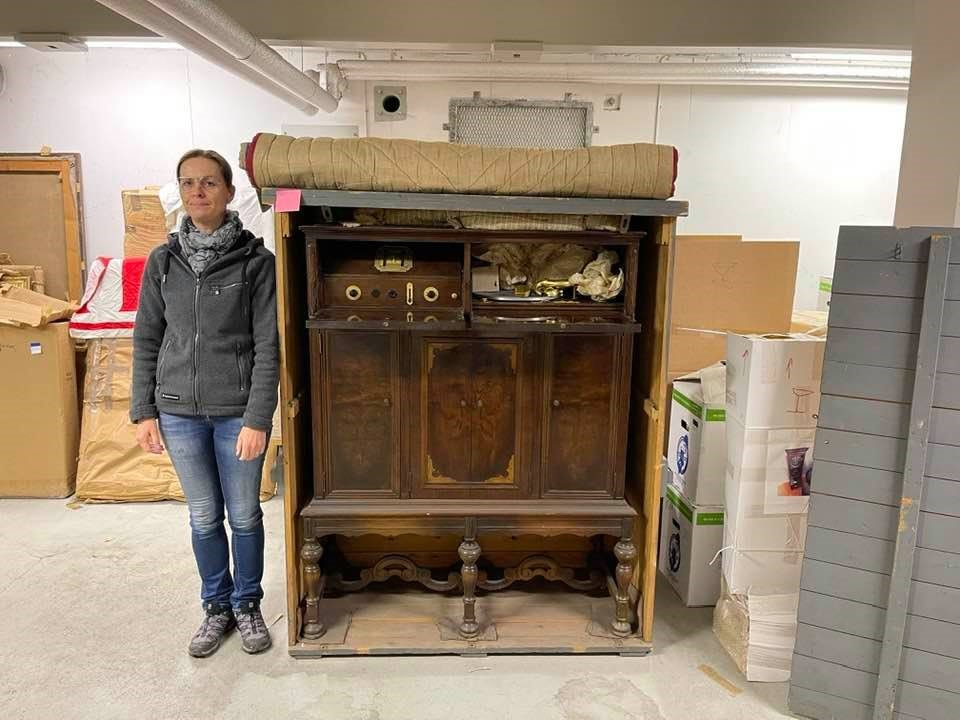
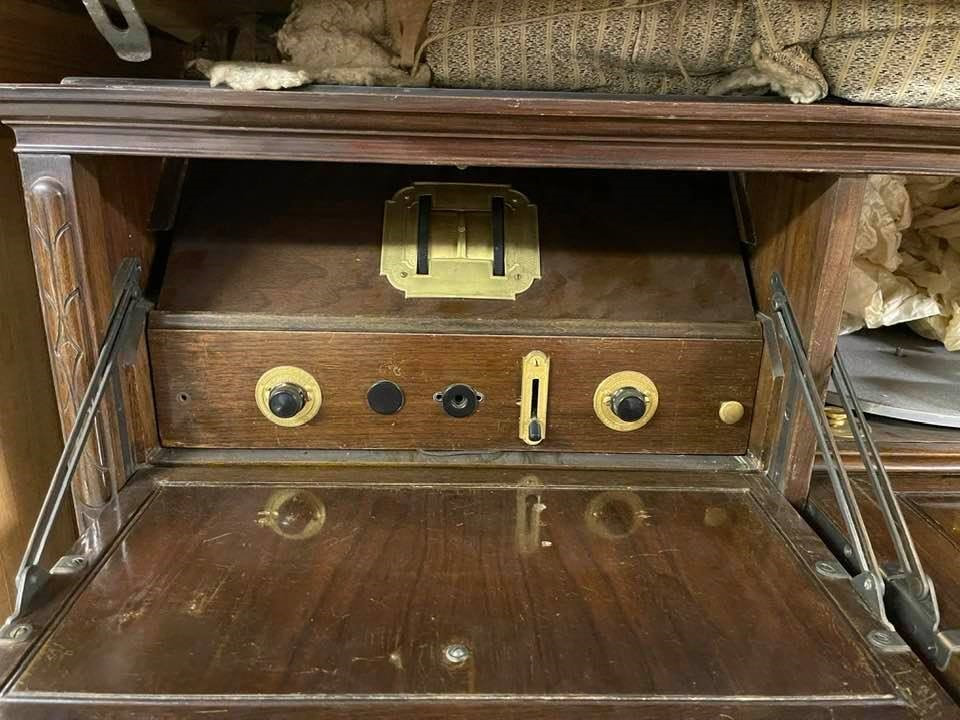
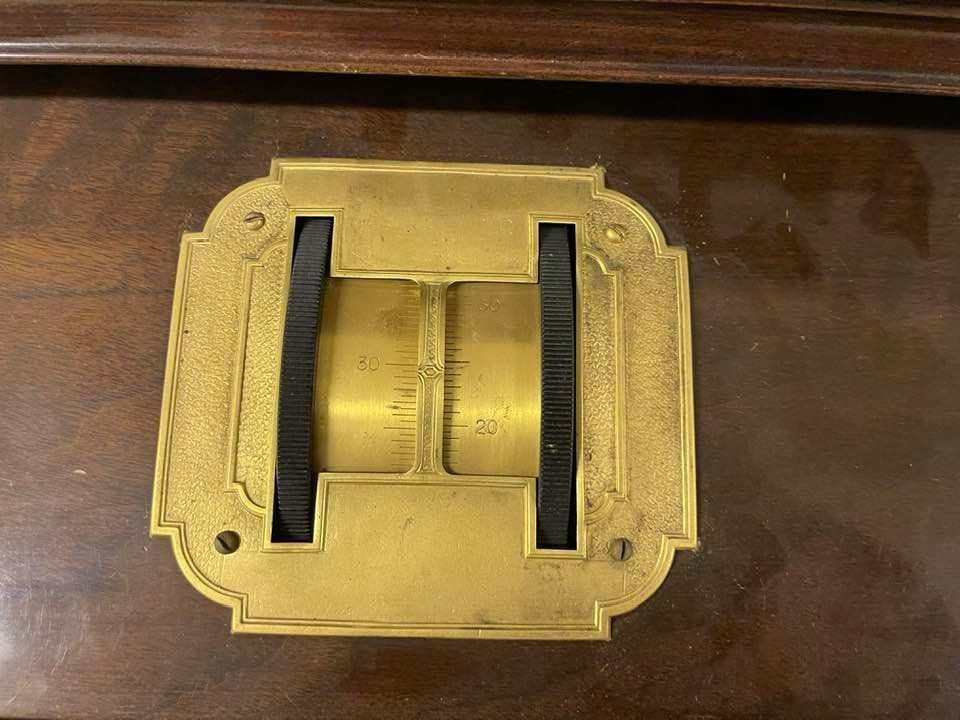
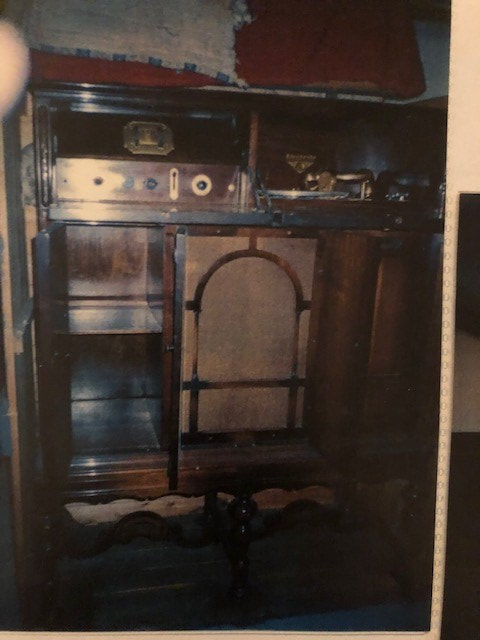
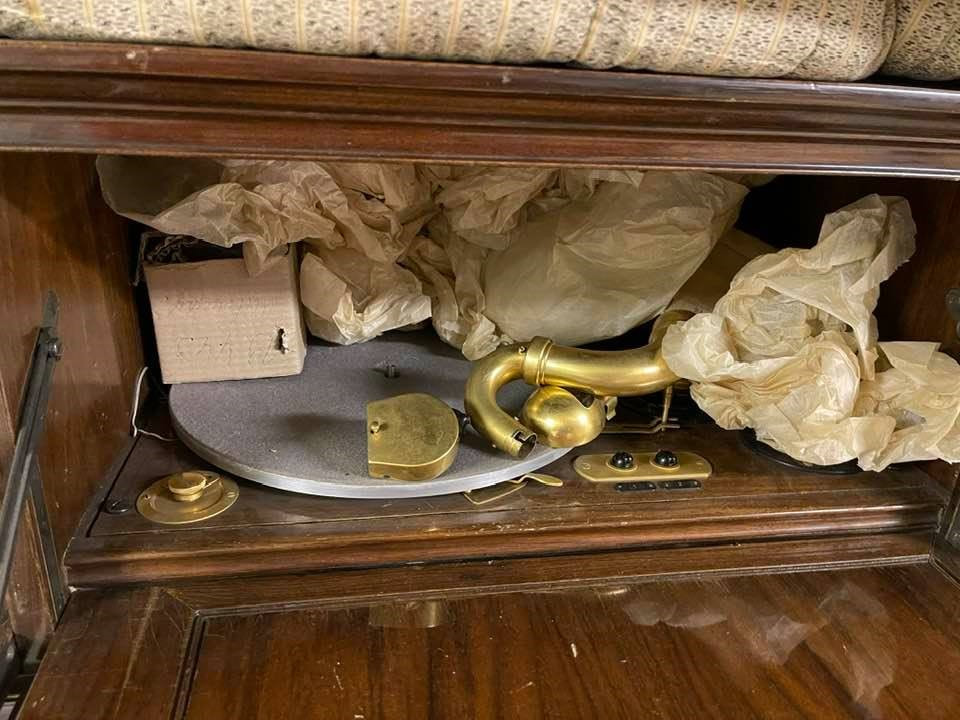
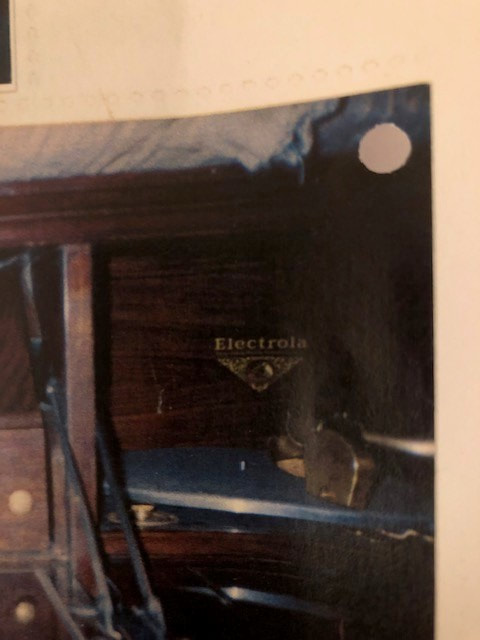
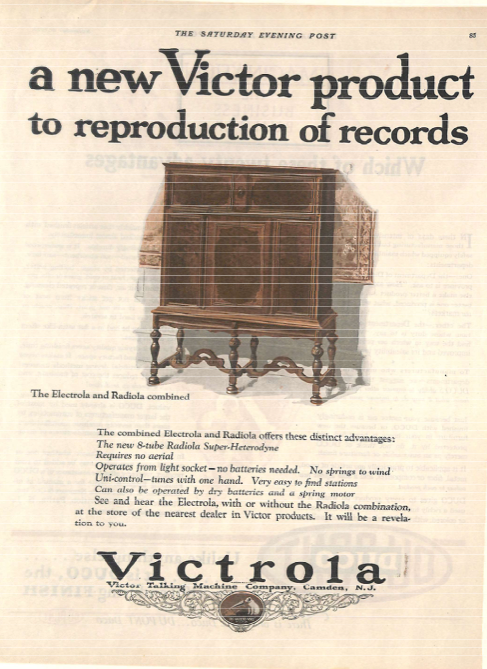
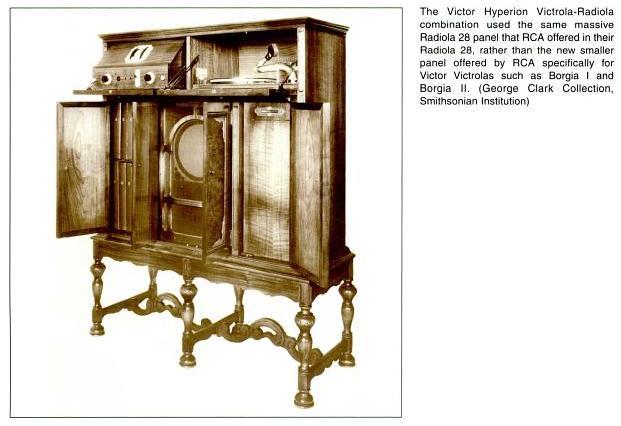
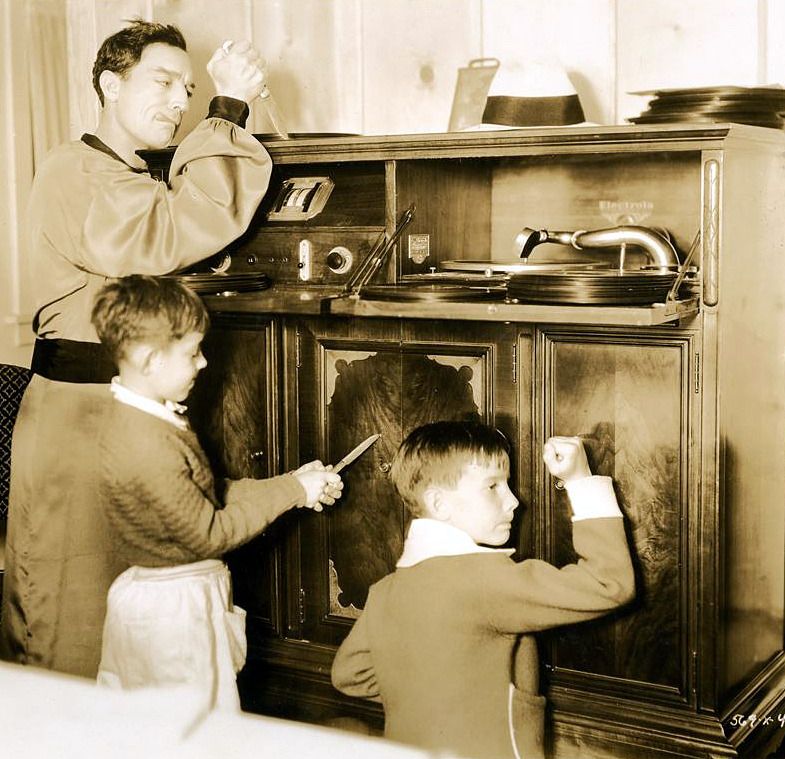
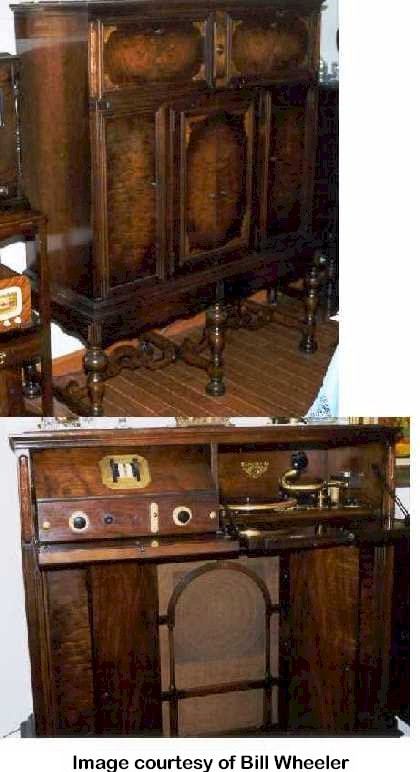
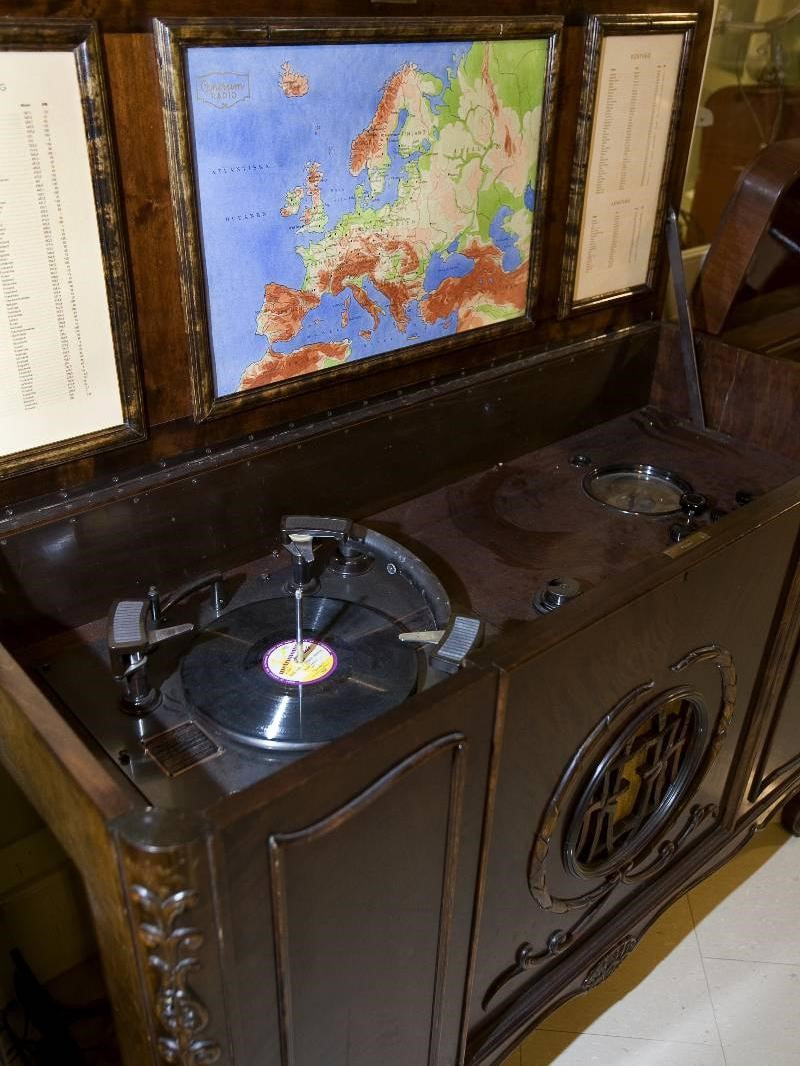
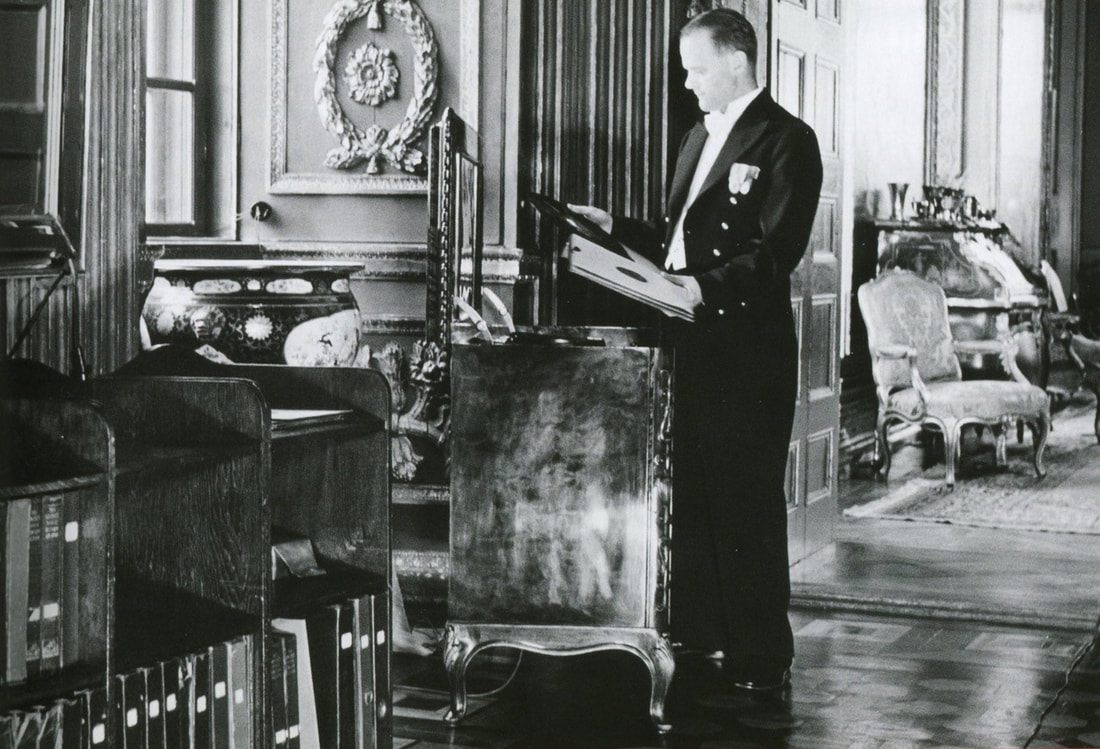
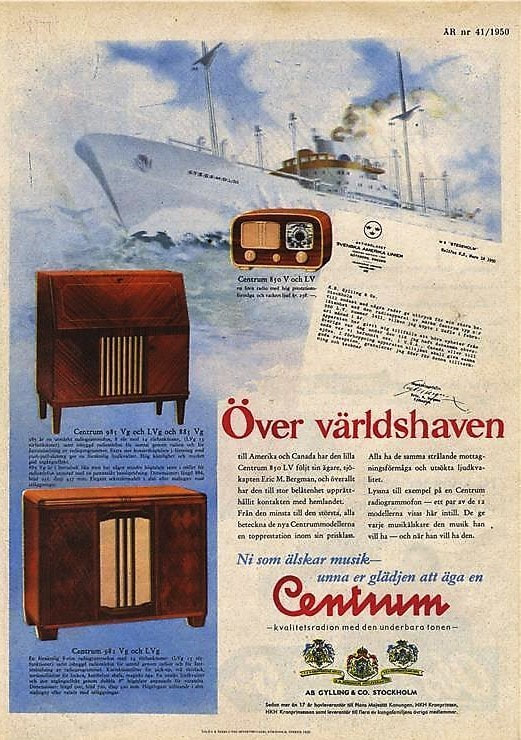
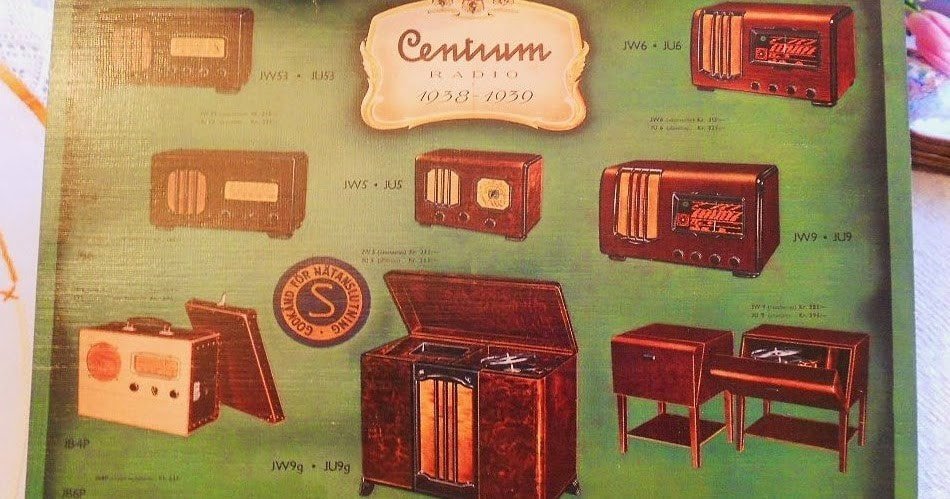
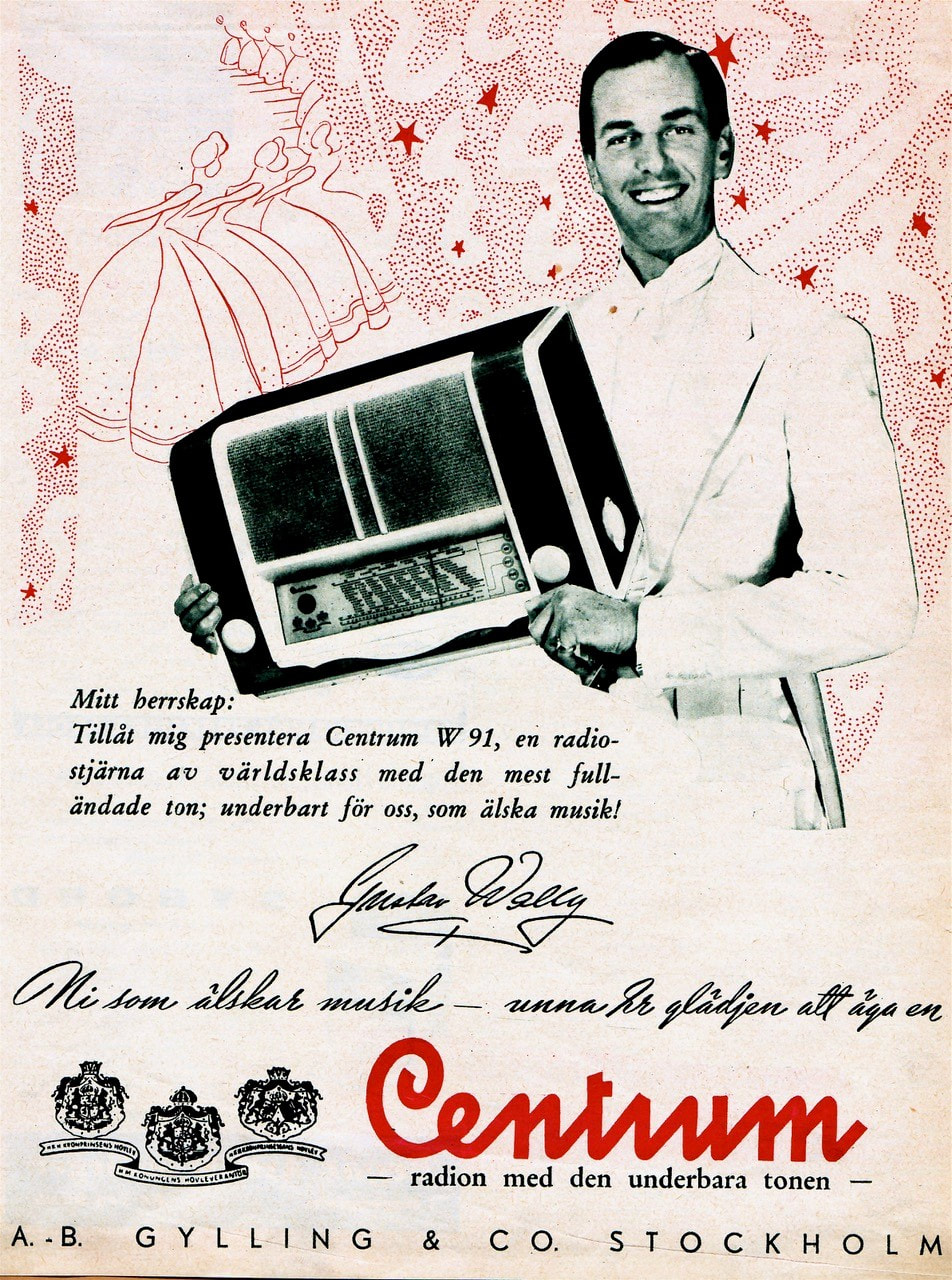
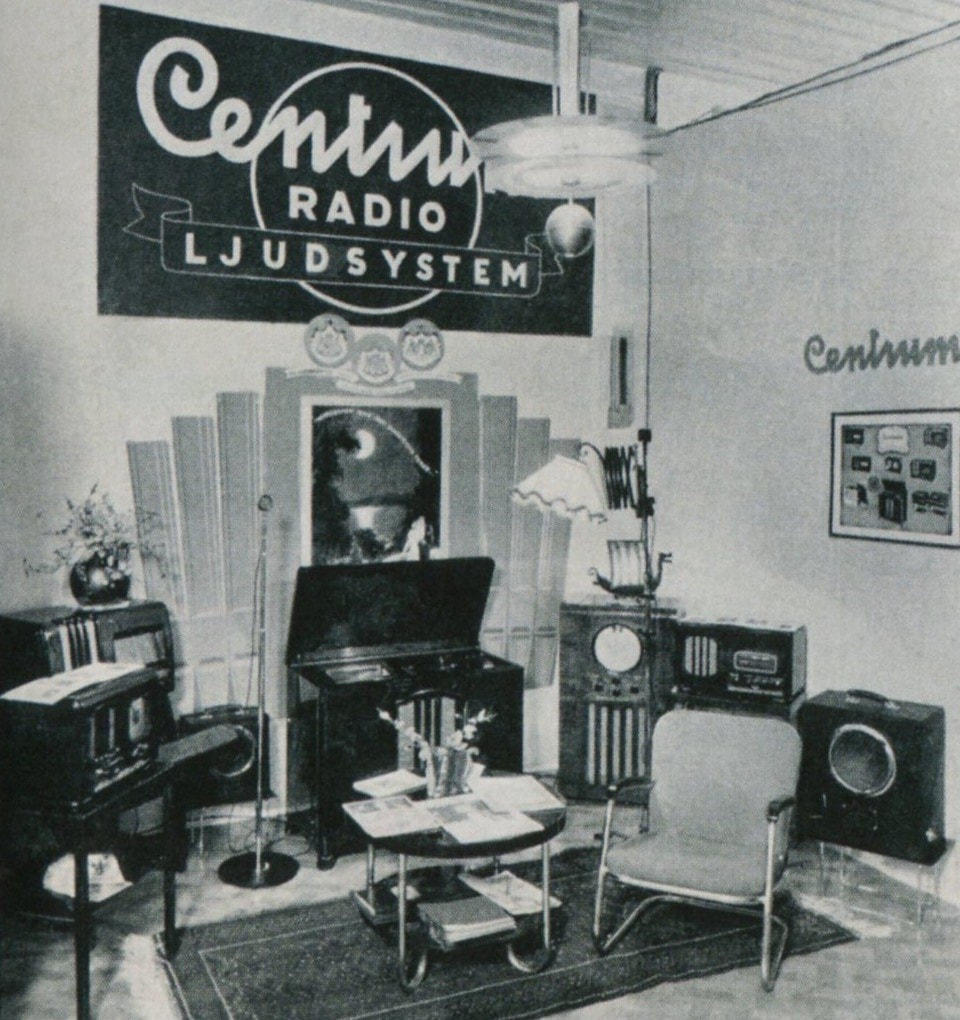
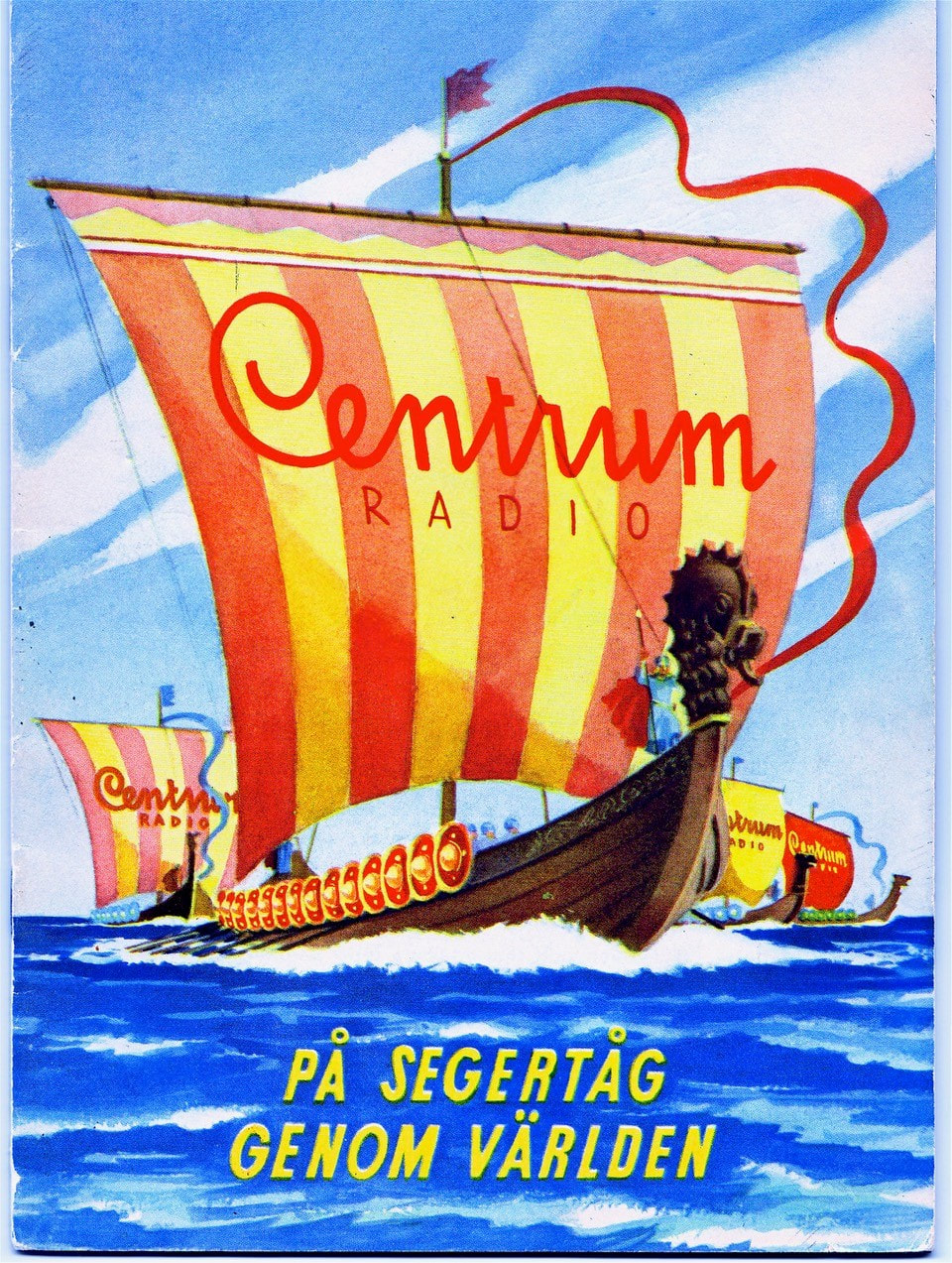
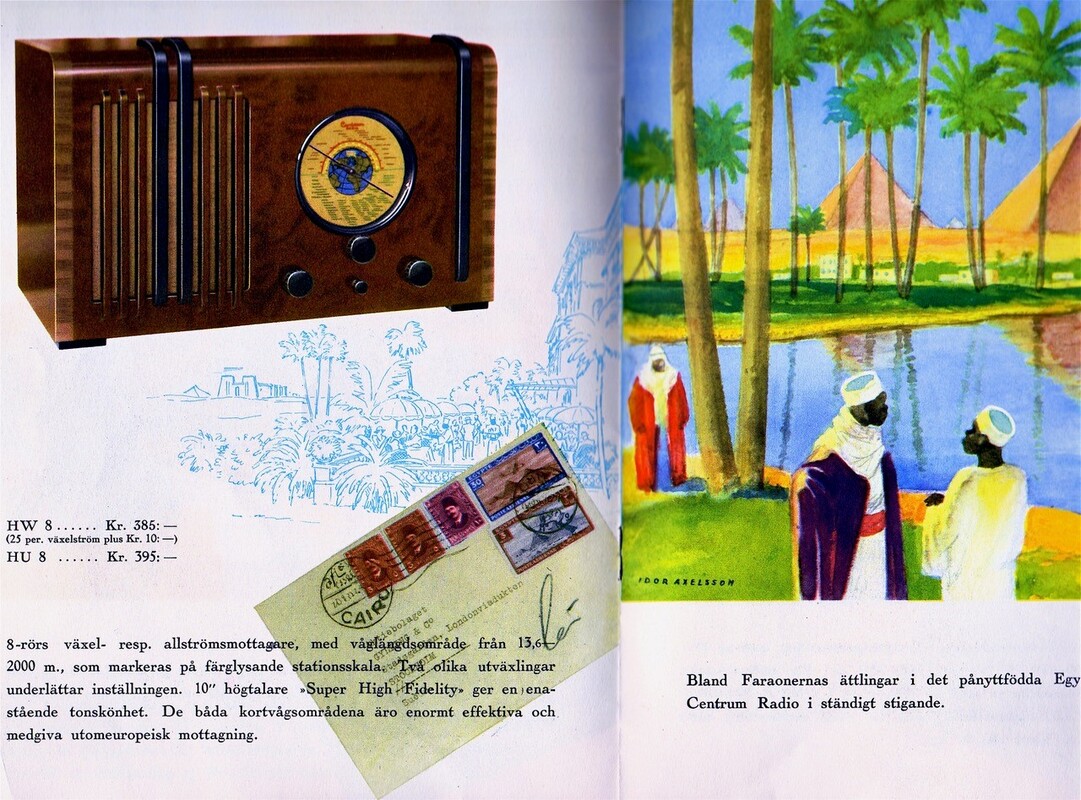
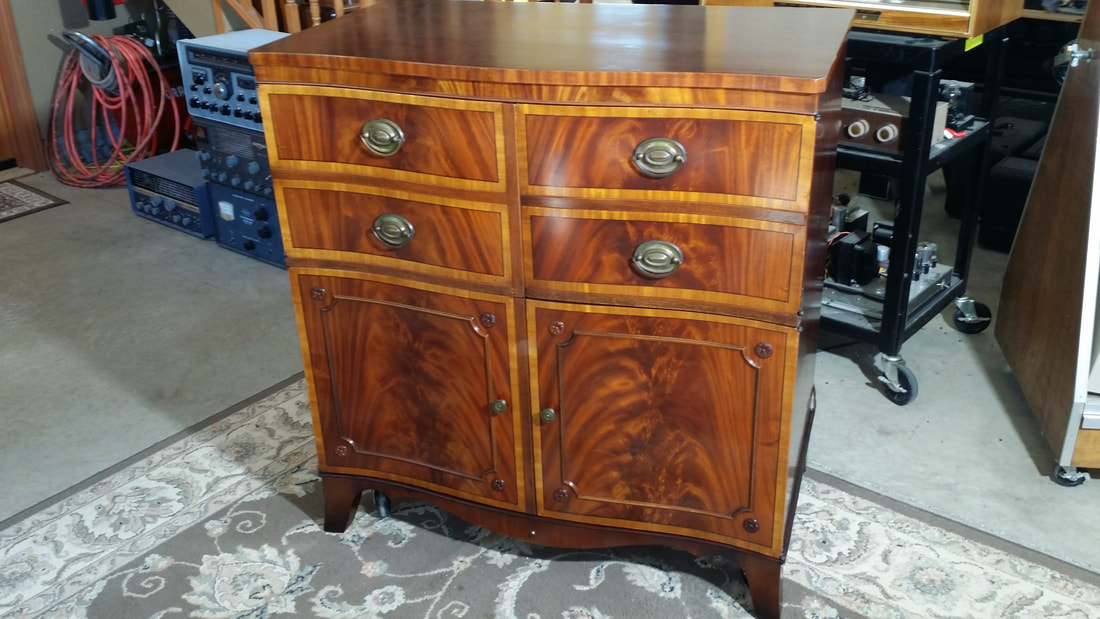
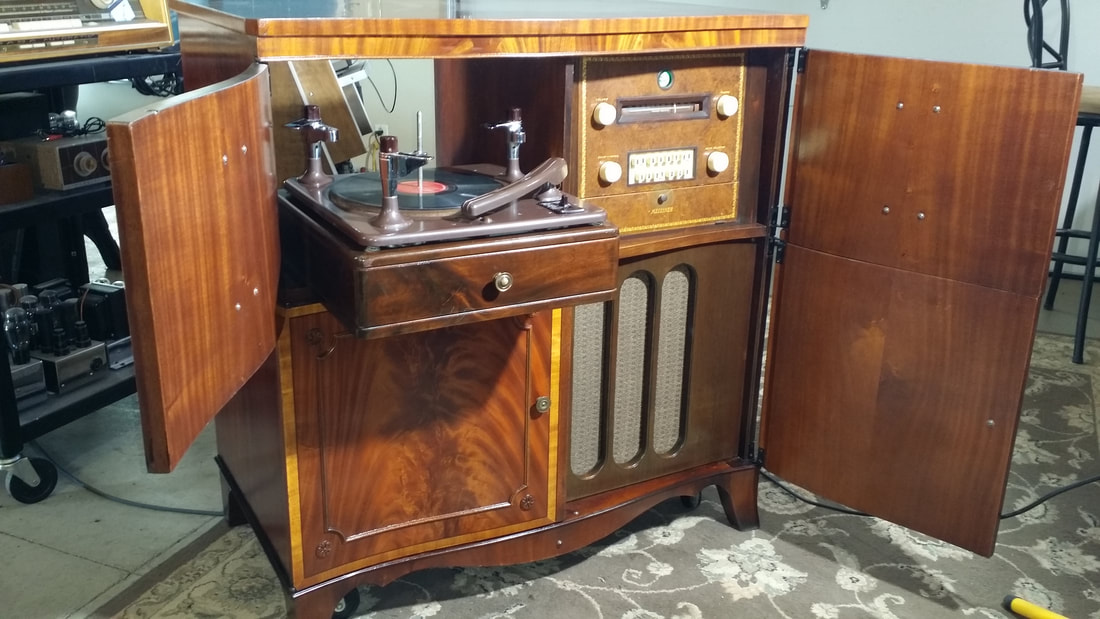
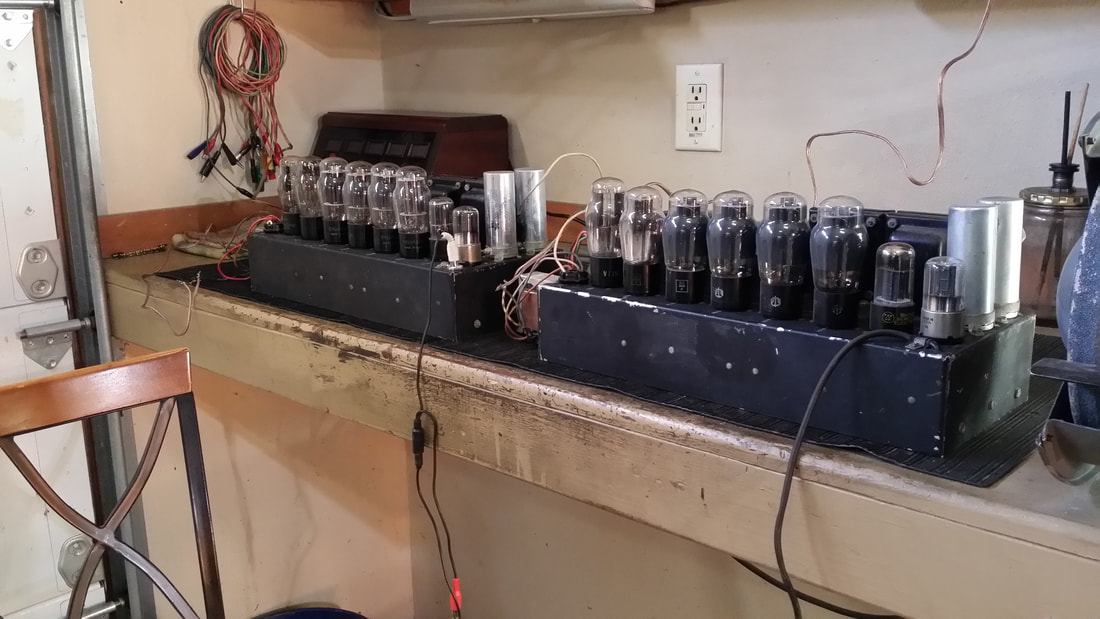
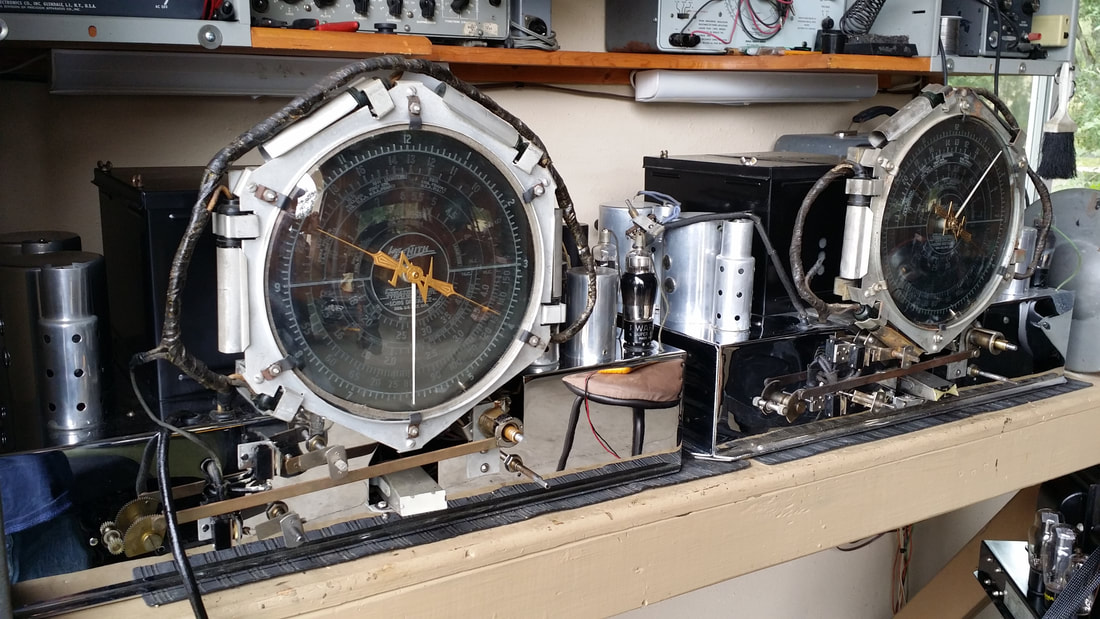
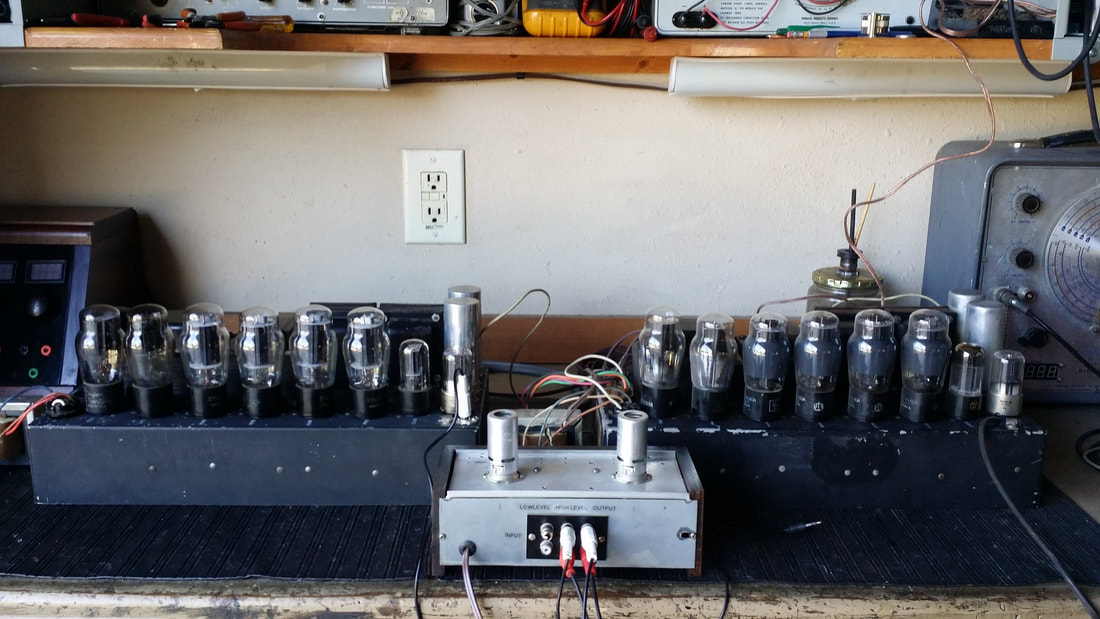
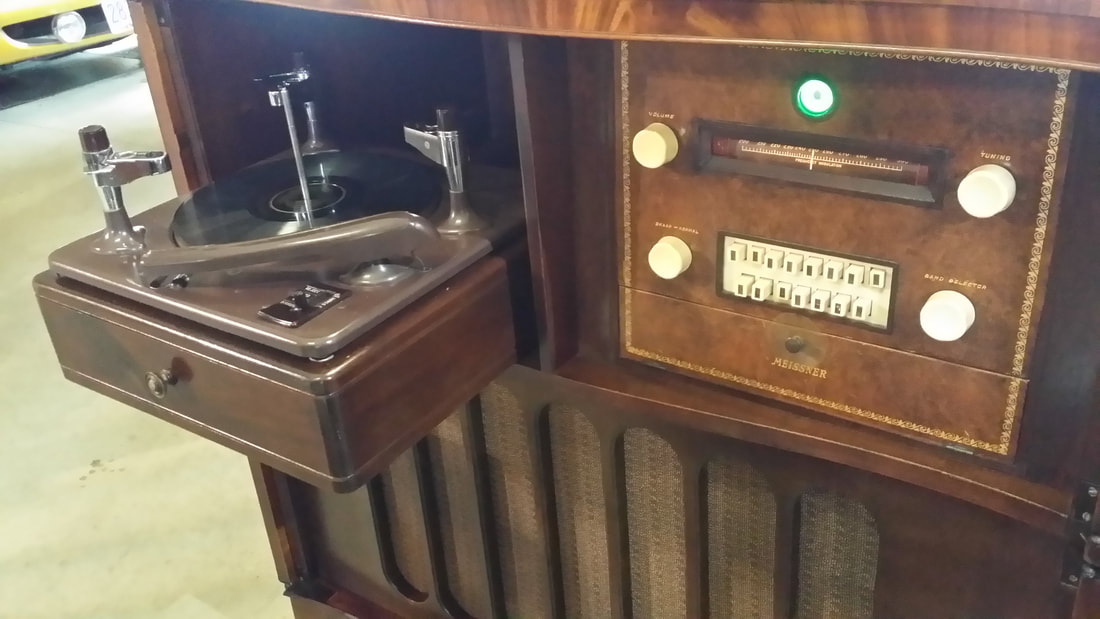
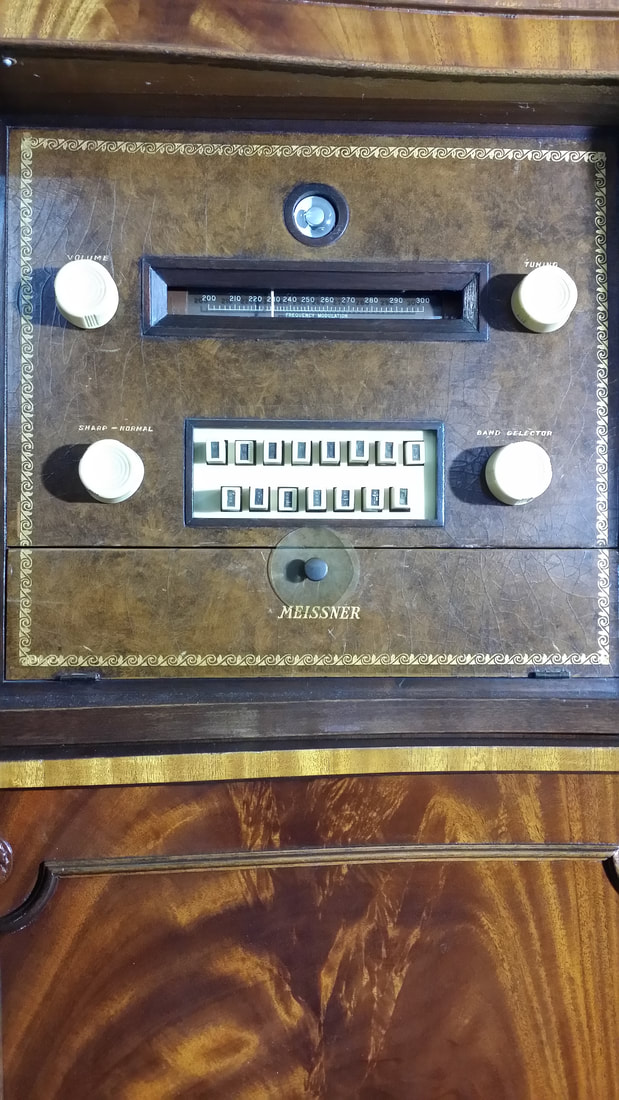
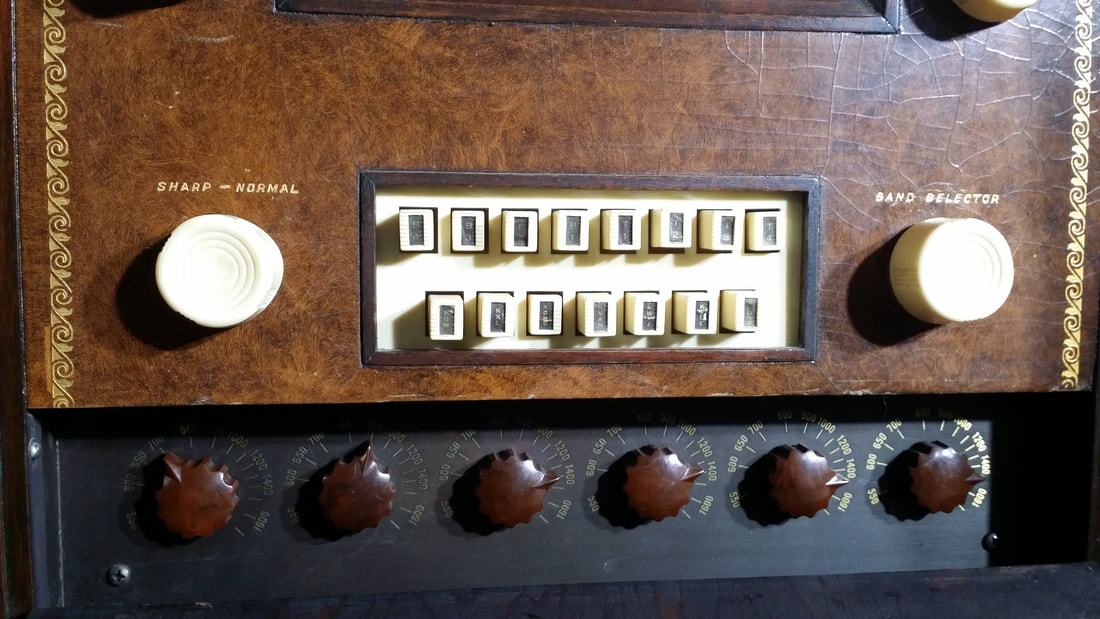
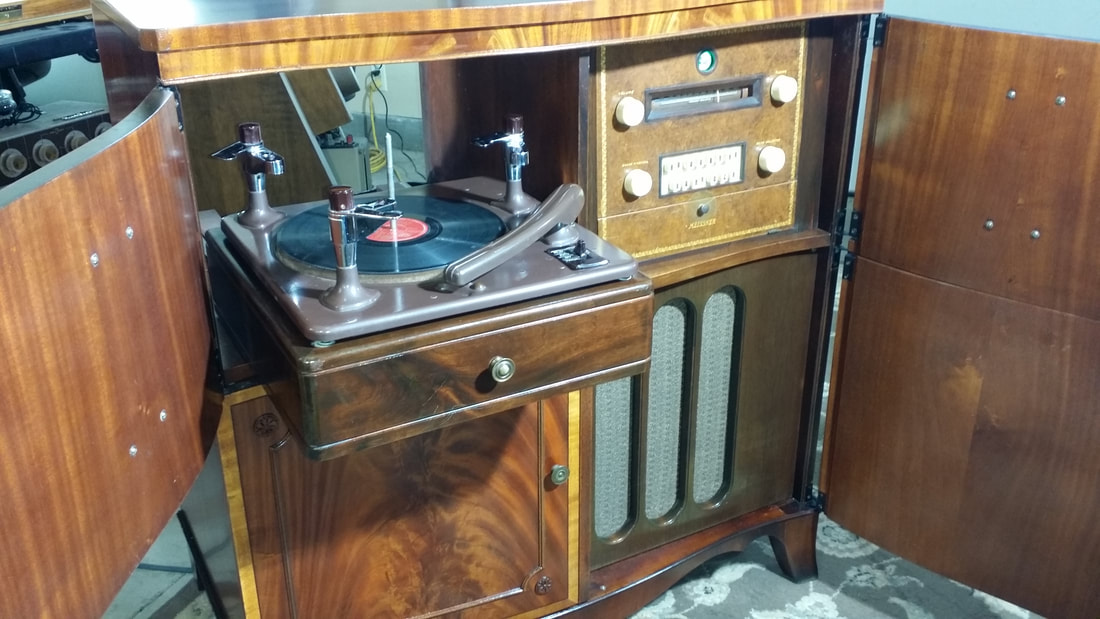
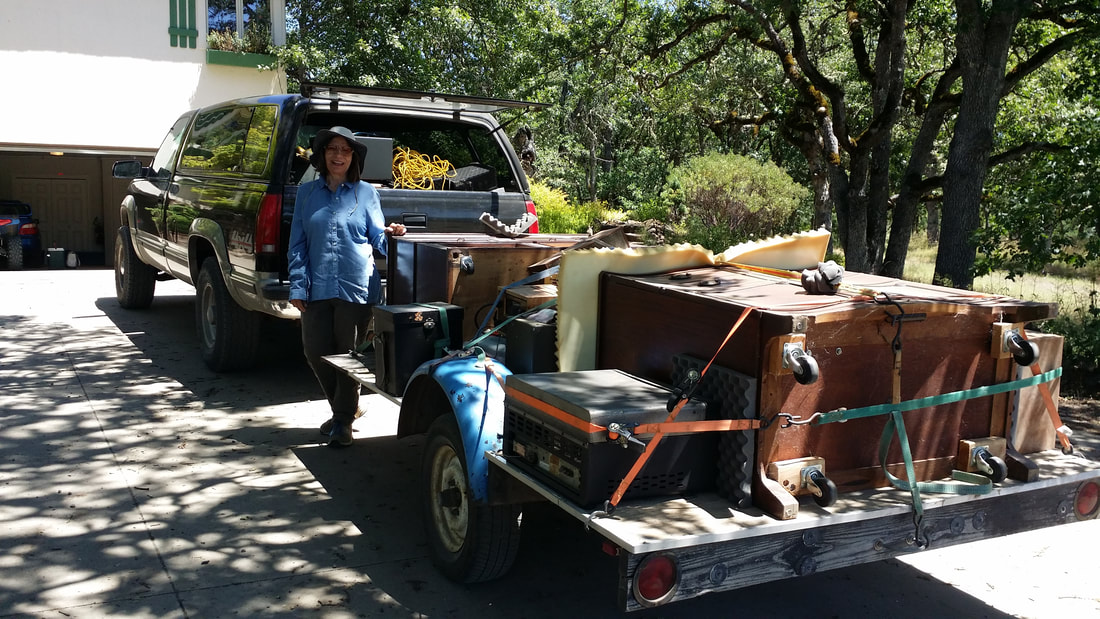
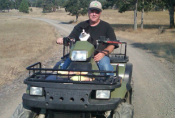
 RSS Feed
RSS Feed